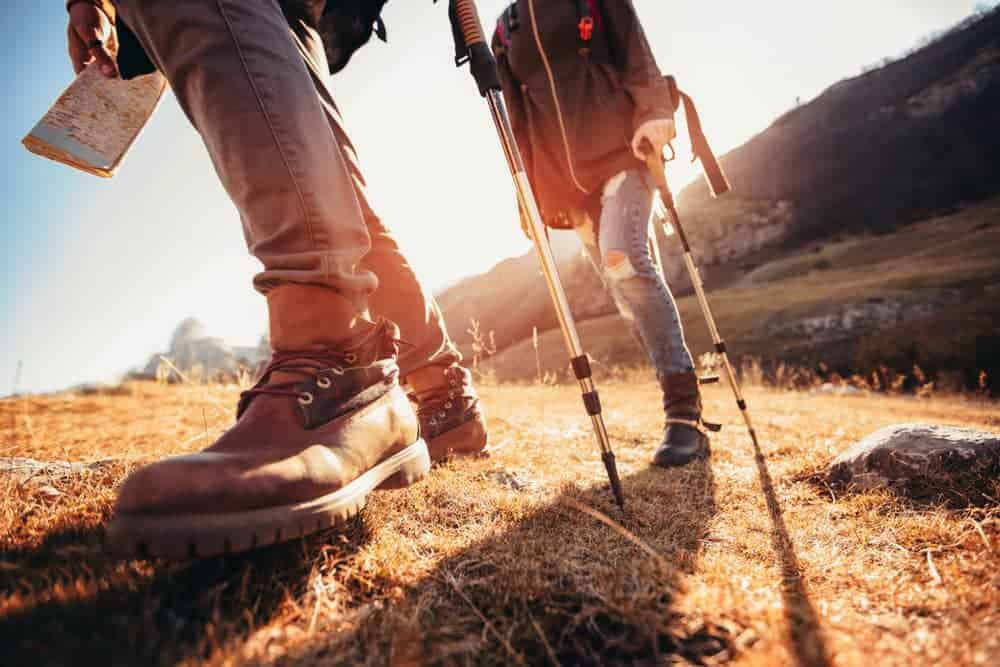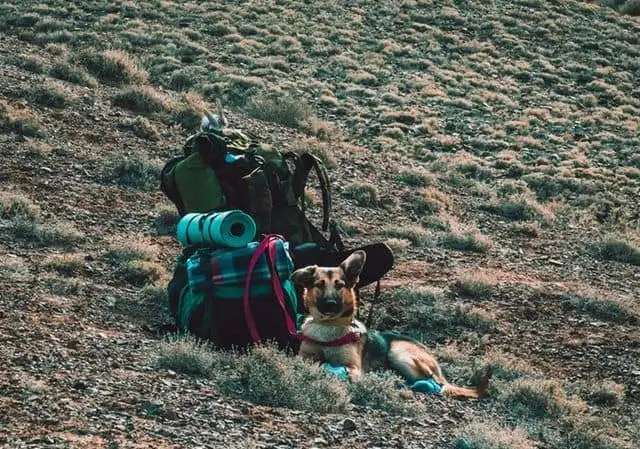Hiking gives you the chance to relax and enjoy what nature has to offer. However, the importance of having enough water in the course of hiking goes without saying. Staying hydrated keeps you energetic and lightens up your mood. Your body fluids are immensely wasted through perspiration during the hiking period in case you are not aware. Insufficient water, particularly on a long hiking trip, can have detrimental effects on your well-being. Besides making you weak, dehydration will have you disoriented. It is also bound to trigger hypothermia and sunstroke. First, let us go through how to carry water while hiking.
The amount of water a body need varies from one individual to another. It is associated with weight, temperature, and humidity. Regardless of these factors, it is healthy to drink water regularly.
A liter of water is recommended for every two hours of active hiking. You should stick to this routine even when you do not feel thirsty. This article tackles the techniques that you can utilize to carry water while hiking and also highlights crucial FAQs on the same.
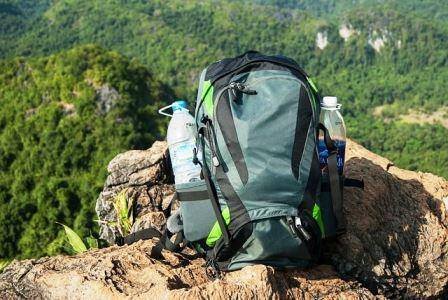
There are three ways by which you can carry water while in the jungle. Check them out below:
1. Hard water bottles
Hard water bottles make refilling effortless. They are highly accessible too. However, they are a little bulky and difficult to pack. They come in two versions; stainless steel water bottles and plastic water bottles. Stainless steel bottles have an advantage over plastic ones as they are unaffected by prevailing weather conditions.
Water temperature is retained in hot or cold weather. In addition to that, they do not add any taste to your water in a similar fashion that plastic bottles do. Still, stainless steel water bottles have an upper hand when it comes to durability.
2. Water bladders or hydration reservoir
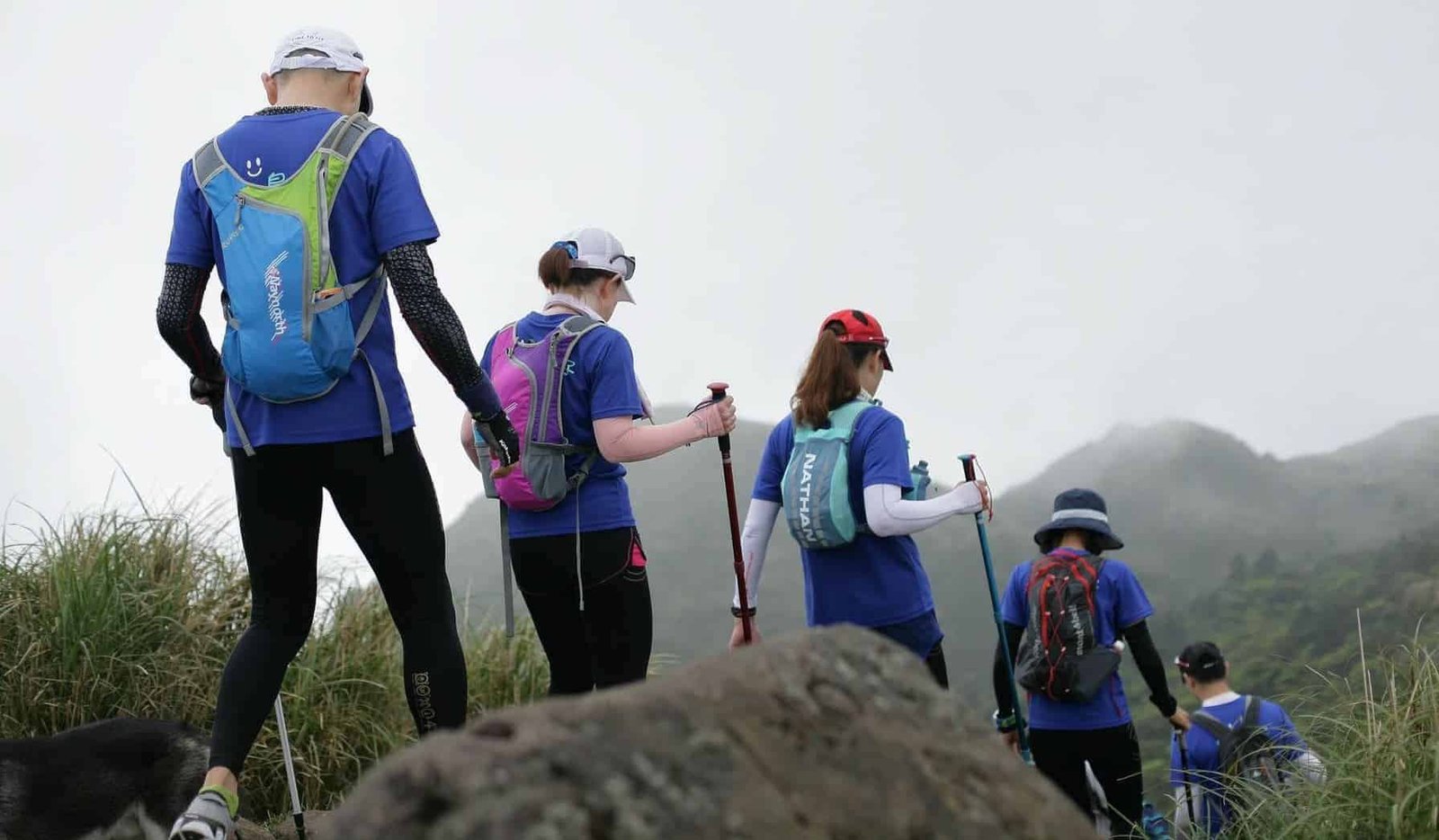
Water bladders are another great option for carrying water on a hike. They are usually integrated into a backpacking backpack and connected to a drinking tube that runs to the exterior of the pack. This boosts convenience as you can drink your water while on the go. The biggest challenge with bladders pose is refilling them.
Plus, it is not easy to keep track of the amount of water you are left with. Another problem with water bladders is that the drinking hose is prone to freezing during cold weather. Nonetheless, modern-day hydration reservoirs include protective sleeves that are designed to cover the hose and curb freezing.
3. Collapsible water bottles
They are the best means of carrying water in the jungle especially when you are packing in a hurry. This is owing to their incredible flexibility. Their collapsible manner makes filling a no-brainer.
On top of that, collapsible water bottles are super lightweight. The only downside of this option lies in durability. Collapsible water bottles do not last as long as hard water bottles. Thus they have to be replaced regularly. Keep Leave No Trace Principles in the wilderness.
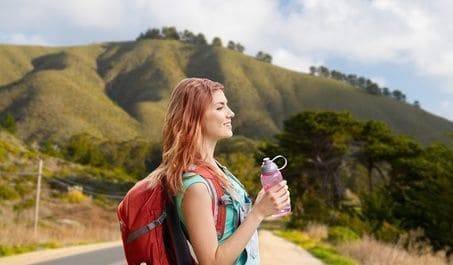
FAQs
1. How much water should you carry while hiking?
You should drink 32 ounces or a liter of water every hour. Yet, the amount of water you are bound to drink depends on the distance you plan to cover on a hiking trip. To ascertain how much water you will have to carry, you ought to estimate the duration of the hiking trip.
2. How do you purify water when hiking?
Purification of water while hiking can be done using a filter. Filters come in different forms including syringe style filters, gravity filters, and pump filters. Similarly, you can purify the water chemically using tablets although the water will have a chemical taste. Other techniques are ultraviolet light purification and boiling.
3. How do you purify water in a lake?

Glacier National Park, Montana
First, you can collect the water in a bucket and boil it for five to ten minutes. Besides that, you can filter out any dirt from the lake water into a clean drinking bottle. The next option is to utilize chemicals such as iodine drops which eliminate bacteria from unfiltered water.
4. How can you naturally purify water?
Boiling water is natural and very effective at killing infection-causing organisms in the water. Aside from that, you can use a filter to purify water naturally. Citrus juice is also known for its antibacterial properties. It is found in lime or lemon juice. Lastly, we have solar water disinfection. All you require is a clear water bottle and a little sunlight.
5. How do you purify water in the wild?
With a cone-shaped container, sand, rocks, bundled sticks, large leaves, and cloth or moss you can create an effective filtration system in the wild. Likewise, you can apply stone boiling. Here you bring rocks to extreme temperature before immersing them in water for boiling.
If that is impossible, you can use some plants that have antibacterial properties. This includes Oregon grapes, jackfruit seeds, fruit peels, banana peels, rice, coconuts, and cilantro. To top it off, you can apply sedimentation.
6. How do you purify water without boiling it?
You can filter the water or purify it using ultraviolet light. Moving on, you can purify it chemically with the help of chlorine drops or iodine tablets.
7. How do you stay hydrated while hiking?
There are several things that you should do to stay hydrated while hiking. To begin with, you are expected to drink sufficient water prior to hitting the trail. Next, you have to avoid alcohol before hiking. Thereafter, you ought to carry enough water and ensure that it is accessible. Most importantly, drink water before feeling thirsty.
8. How much water should I carry on the Appalachian Trail?
You can carry one or two liters of water to be on the safe side. Yet, the amount of water you can carry at a time on the Appalachian Trail depends on the number of water sources you are expected to encounter. If you are to cross fewer water sources then you will need more water and vice versa.
Final Verdict
Carrying water on a hike should be easy if you plan and use the right equipment. Similarly, you can make use of water sources in the wild if your reservoir runs out. Just ensure that you are well hydrated at all times.

